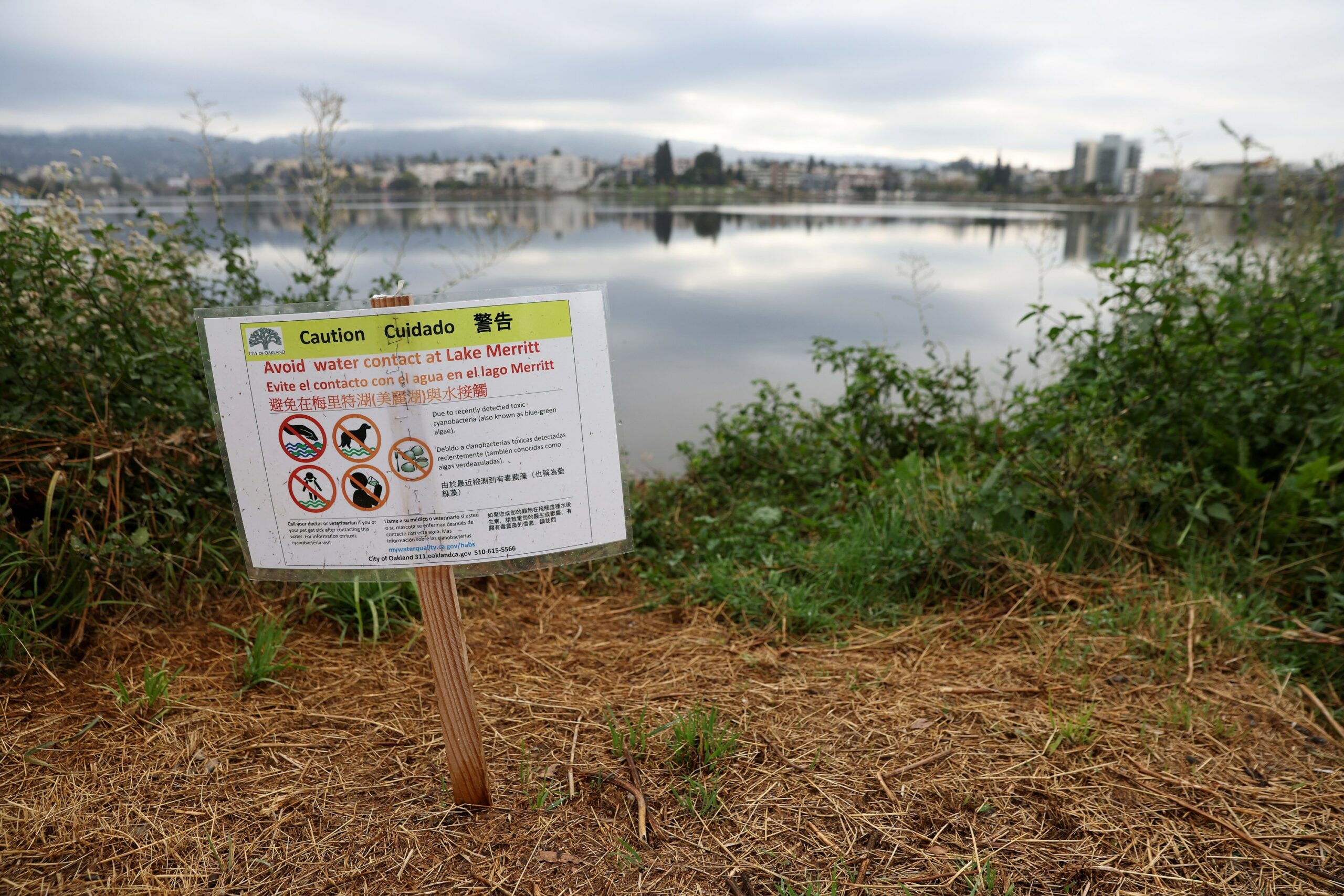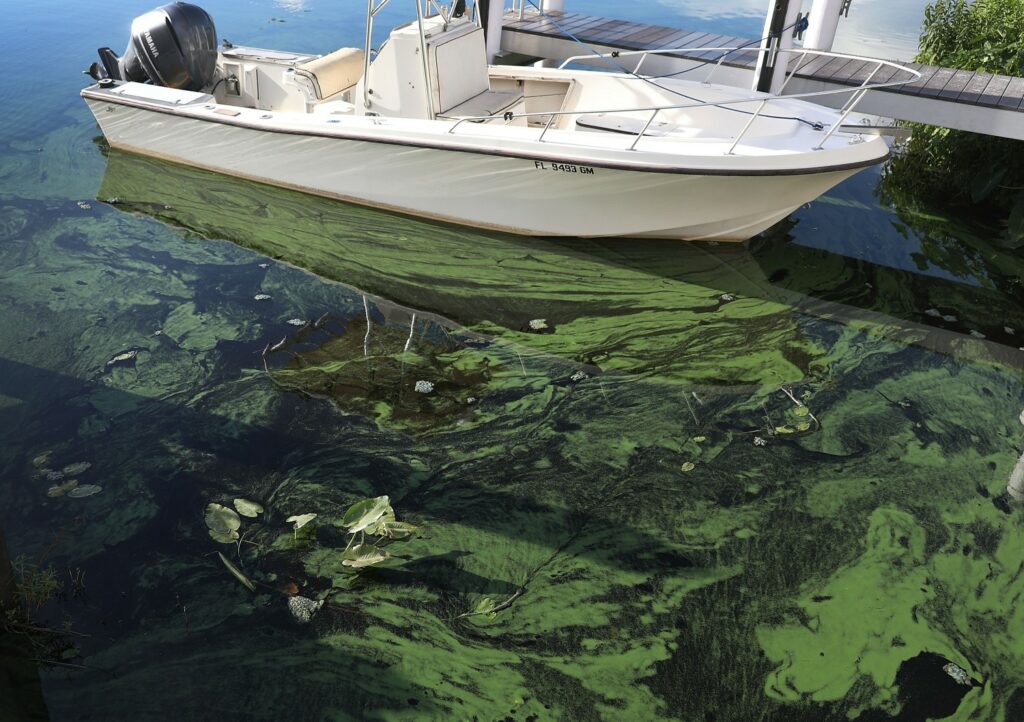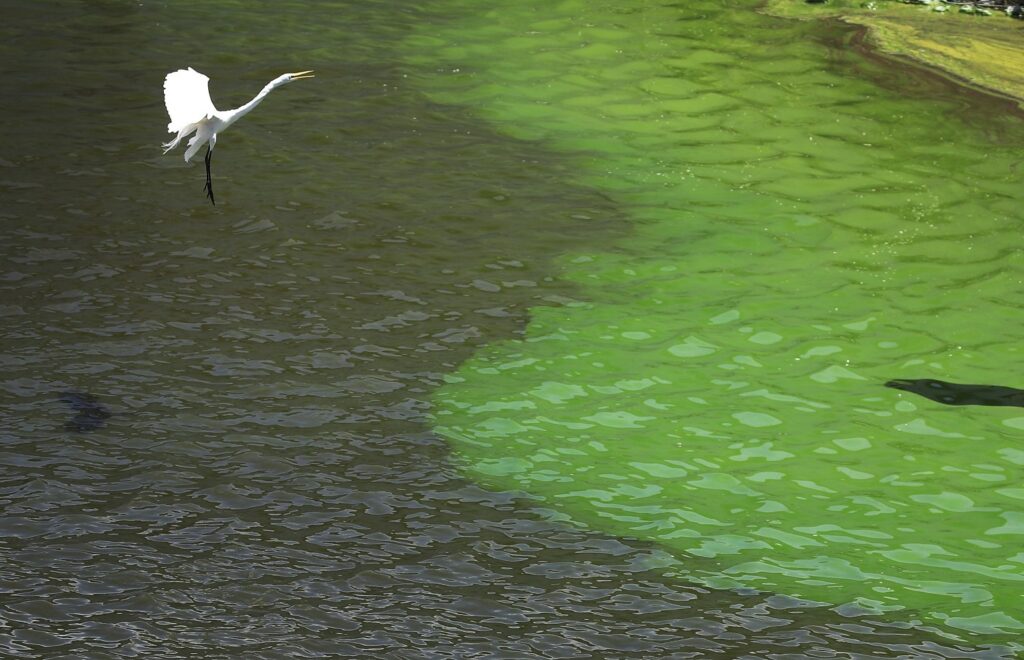
Heavy Rain, Flooding, and Chance of Severe Weather Staring Down the Southern U.S.
January 22, 2024
Posted: November 15, 2022 12:00 pm





Nearly two months after Hurricane Ian slammed onshore in Southwest Florida, the region is now starting to see dangerous algae bloom in a handful of counties.
Scientifically known as Karenia brevis, this microscopic algae can trigger red tides across the Gulf of Mexico that threaten the health of residents in the region. The algae has been detected in recent days in samples taken off the coast of the counties of Lee, Charlotte, Sarasota, and Collier. As the name indicates, the bloom of this type of algae frequently turns the water surrounding it red.
According to the Florida Fish and Wildlife Conservation Commission (FWC), bloom concentrations were observed in 18 of the 57 samples taken. Charlotte County saw the highest number of concentrations with nine samples. Red tides are a common occurrence off the shore of the peninsula with the most typical outbreaks happening between the central and southwestern coasts stretching from Clearwater to Sanibel Island.

However, the FWC’s data bank indicates that the algae was not happening in great concentrations throughout the bulk of September. The last time measurable algae had been detected was in June.
Because of the rapid explosion of the red tide detection in recent weeks, scientists are hypothesizing that Hurricane Ian triggered and supported the growth of the blooms. The common belief is that the red tide blooms start to grow offshore at the bottom of the ocean. They eventually move closer to shore as a result of natural currents and upwelling that happens during tropical events such as hurricanes.
It is important to note that there is only an indirect relationship between tropical weather events and algae blooms. It is not that the hurricanes directly cause the blooms but rather the conditions of the ocean are influenced by the presence of these storms churning over the water.
History of Hurricanes Leading to Algae Blooms
Like the impacts from Hurricane Ian, Hurricane Irma also caused the upwelling that churned up the blooms in the weeks following landfall in 2017. The severe bloom that was triggered by Hurricane Irma was made worse by a strong storm that hit the next year and released a substantial amount of water from Lake Okeechobee. This lake water was flush with an abundance of toxic freshwater algae that mixed with the red tide blooms that were already in place.
The red tide blooms are further fueled by the runoff from freshwater sources such as rivers. This runoff is typically filled with herbicides and other types of environmental impurities that the algae and bacteria feed on for growth. The runoff from Hurricane Ian was so severe that it was visible from space in NOAA satellite photos.
It is not unusual for large tropical weather events to lead to an increase in red tide blooms. 2004 saw four hurricanes that developed in the Gulf of Mexico and eventually went on to land in Florida. The powerful onslaught of storms created a red tide that stuck around for four years.
This event was followed by another bloom that was blamed on Hurricane Eta in 2020. This existing bloom was made worse the next year when Hurricane Elsa impacted Florida.

How Long Will the Red Tides be an Issue?
Experts are unsure about how long the bloom will be a factor in the waters in and around Florida. In addition to the influencing factors of ocean currents and water temperatures, the blooms also need a steady supply of nutrients to continue to grow.
What scientists do know is that the blooms will cause greater health issues the longer that they are impacting the water. Sarasota County health officials are already reporting issues of respiratory irritation that may be traced back to the red tide. These issues are caused by the release of the toxin known as brevetoxin.
The toxin is released into the air and sent onshore when the tide bubbles burst and become aerosolized. The harmful particles can trigger sneezing and coughing, particularly in vulnerable populations such as asthma sufferers. This is why it is important to heed all local health alerts regarding the presence of red tides.
Did you find this content useful? Feel free to bookmark or to post to your timeline for reference later.

January 21, 2024

January 19, 2024

January 18, 2024